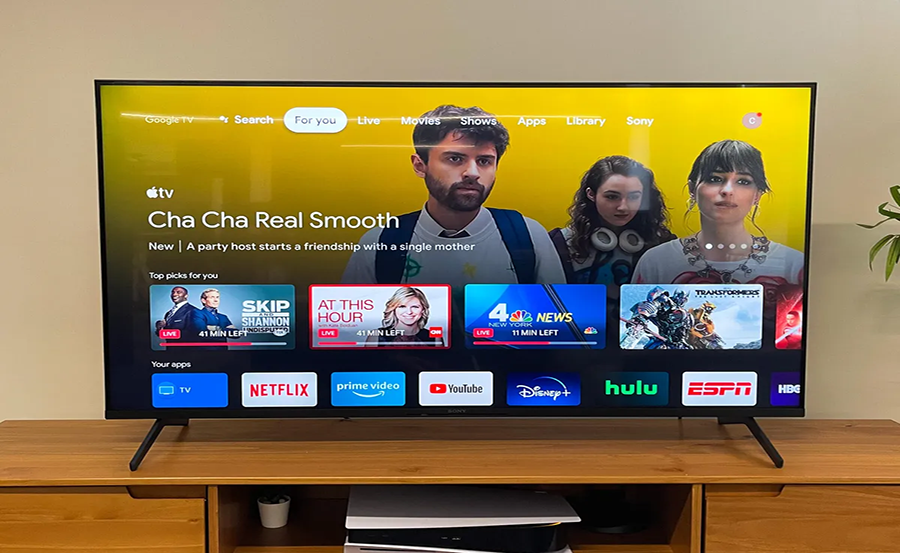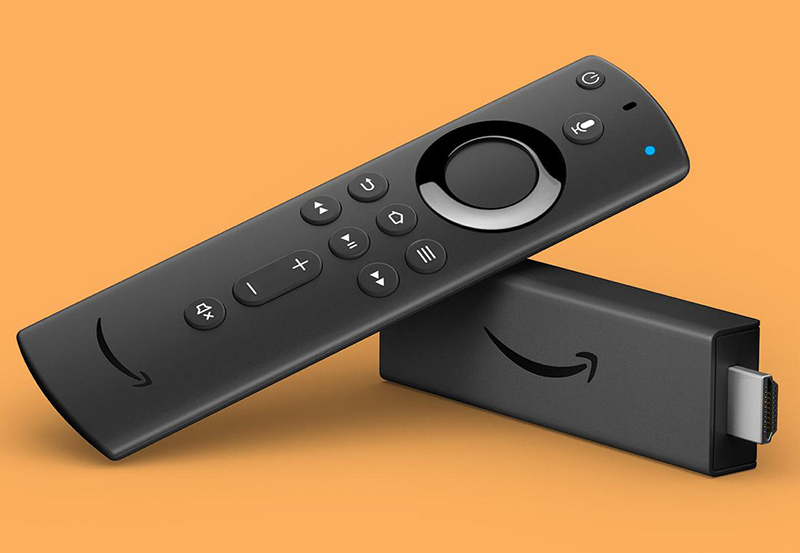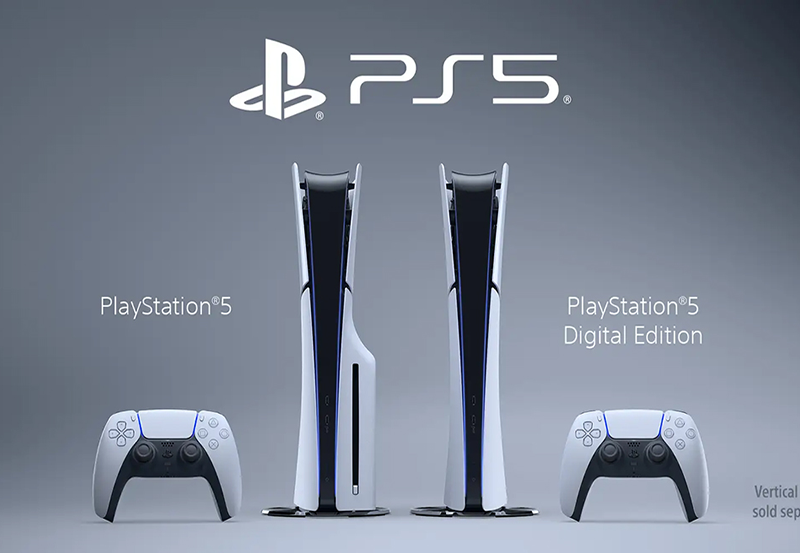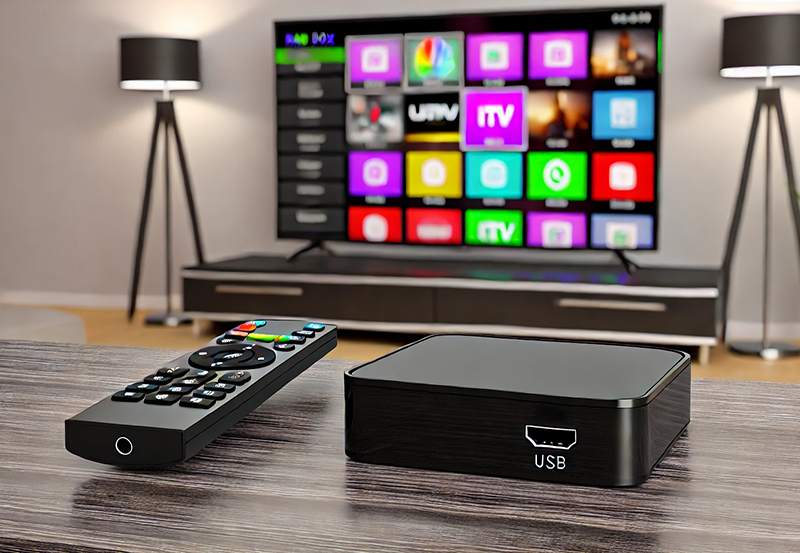In today’s fast-paced digital world, choosing the right smart TV can feel a bit daunting. Sony and Samsung, two leading names in the industry, offer a wide range of smart TVs, each promising an exceptional viewing experience. But when it boils down to decision time, the question remains: which one truly stands out? This article aims to explore the intricacies of both brands by diving into various features, performance metrics, and the real-world user experience.
The User Interface and Experience
Exploring Tizen OS vs. Android TV
When it comes to smart TVs, the user interface is critical—it’s how consumers interact with their device. Samsung TVs run on Tizen OS, while Sony TVs operate using Android TV. Each offers its own unique features. Tizen OS is known for its sleek, minimalist design and intuitiveness. Users often appreciate how easily Samsung’s Tizen navigates, making it simple to switch between apps and settings.
Conversely, Android TV, powered by Google, is highly versatile. It seamlessly integrates with other Google services, making it an excellent choice for those already invested in the Google ecosystem. With its expansive Google Play Store, users have access to a vast array of streaming TV apps and entertainment services.
Smart Choice:
Stream your favorite shows, sports, and movies with Calma Hub, your go-to IPTV provider for uninterrupted viewing.
Speed and Responsiveness
The speed at which a TV can navigate between channels or apps is crucial for a smooth viewing experience. Samsung’s processors are typically fast, offering swift navigation without much lag. This is particularly evident in higher-end models equipped with Quantum Processor 4K.
On the other hand, Sony’s integration of Google’s technology ensures a similarly fluid experience. While some users report occasional slowdowns, especially in budget models, the general consensus is that Sony TVs have significantly improved their speed and functionality over recent years.
Picture Quality and Sound Performance
Screen Technology: QLED vs. OLED
Samsung’s QLED technology offers incredibly bright displays, making them perfect for vibrant images. This technology is particularly beneficial in well-lit rooms where a bright screen can make a substantial difference. Furthermore, Samsung’s commitment to enhancing color accuracy and brightness ensures a top-tier viewing experience.
In contrast, Sony’s OLED displays are hailed for their deep blacks and high contrast. For those who watch a lot of movies or shows in darker settings, OLED’s ability to produce intense blacks adds depth to the visuals. Many experts feel that this aspect of OLED is where Sony shines brightest.
Audio Capabilities and Enhancements
Sound quality is another domain where Sony has made significant strides, with its Acoustic Surface Audio providing a more immersive experience. This technology allows sound to emanate directly from the screen, perfecting alignment with on-screen action.
Samsung, however, has its own tricks up its sleeve like Object Tracking Sound. This feature dynamically tracks on-screen motion, offering a more enveloping sound experience. For everyday users, both brands offer compelling audio technologies, but the choice may ultimately come down to personal preference or existing audio setups.
App Support and Smart Features
Streaming Apps Availability
No smart TV would be complete without a comprehensive suite of streaming services. Both Sony and Samsung provide extensive support for major streaming TV apps. However, Samsung TV Plus gives an edge with its free content lineup, making it a popular choice among cost-conscious viewers.
Sony relies heavily on Google’s framework, which means users have a staggering number of apps at their disposal. While Sony may not offer a proprietary app suite like Samsung, the sheer breadth of options available to Android TV users more than compensates for this difference.
Innovative Features and Integration
When it comes to smart integrations, Samsung stands out with its SmartThings ecosystem, which allows seamless connectivity with a host of Samsung and compatible smart devices. This feature offers convenience for those invested in a smart home enabled by Samsung products.
Sony’s incorporation of Google Assistant and Chromecast provides a versatile and integrated experience, ideal for Google aficionados. Sony TVs also support Apple AirPlay and HomeKit, ensuring a comprehensive smart home setup across diverse platforms.
Price Points and Value for Money
Entry-Level Models
For those entering the smart TV market at the lower end, Samsung offers robust models with decent features. Their entry-level offerings provide a solid mix of quality and affordability, making them a go-to choice for budget-conscious buyers.
Sony’s lower-end models, while slightly more expensive, often bring superior picture processing and upscaling capabilities. Although their entry-level models might cost more, they potentially offer better value through improved visual quality in the long run.
Premium Model Comparisons
In the premium segment, both brands have pulled out all stops. Samsung’s QLED technology has consistently received praise for its brightness and color volume. Features like anti-reflective screens and ultra viewing angles make it a strong contender in the premium market.
Sony, however, leverages cutting-edge OLED technology, coupled with their proprietary processors to champion picture authenticity. The ability to produce picture realism and superior picture motion sets Sony’s high-end models apart, despite their heftier price tag.
Finding the Ideal Choice Based on Personal Preferences
Ultimately, the best smart TV is one that aligns with individual preferences in terms of price, functionality, and integration with existing technology. For users seeking a brighter display and a rich feature set, Samsung may take the edge. However, those looking for unmatched color accuracy and sound quality might gravitate towards Sony.
As technology continually evolves, both Sony and Samsung will inevitably offer more refined features and gadgets, further narrowing the gap between their offerings over time. Evaluating your personal viewing habits, as well as your household tech ecosystem, will be key in deciding between these two leading brands.
FAQs
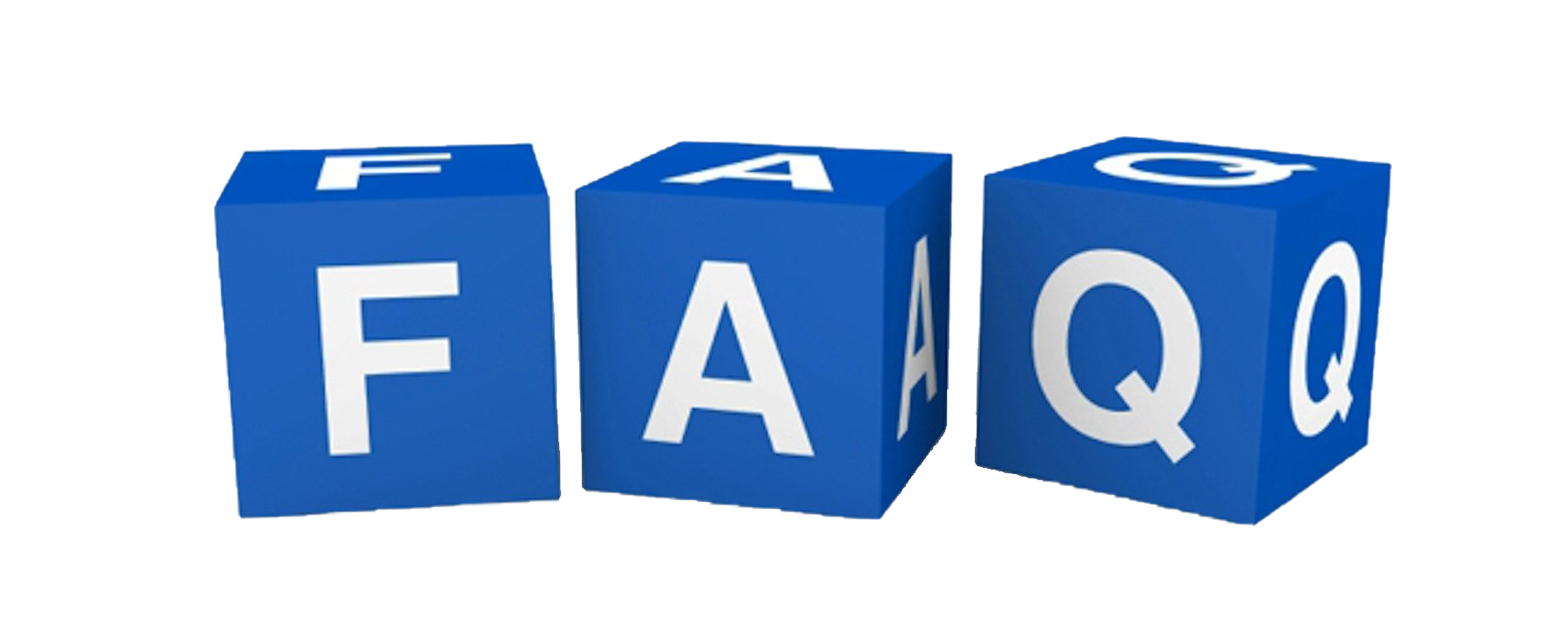
-
Which brand has better picture quality, Sony or Samsung?
It depends on your preference. Samsung’s QLED is known for brightness, while Sony’s OLED provides deep blacks and high contrast, ideal for dark-room viewing.
-
Are Samsung TVs more expensive than Sony TVs?
Samsung generally offers more affordable entry-level options whereas Sony’s models, especially their OLED lines, tend to be more premium priced, reflecting their advanced technology and features.
-
Which TV brand is best for streaming apps?
Both support major streaming TV apps, but Sony’s Android TV offers access to a wider range through Google Play Store. Samsung, on the other hand, offers Samsung TV Plus with free content.
-
How do Sony and Samsung compare in terms of smart home integration?
Samsung’s SmartThings integration is ideal for Samsung-centric smart homes. Sony supports Google Assistant and Apple’s ecosystem, offering more diverse integration options.
Unlocking the Secret to Perfect M3U Playback on VLC

